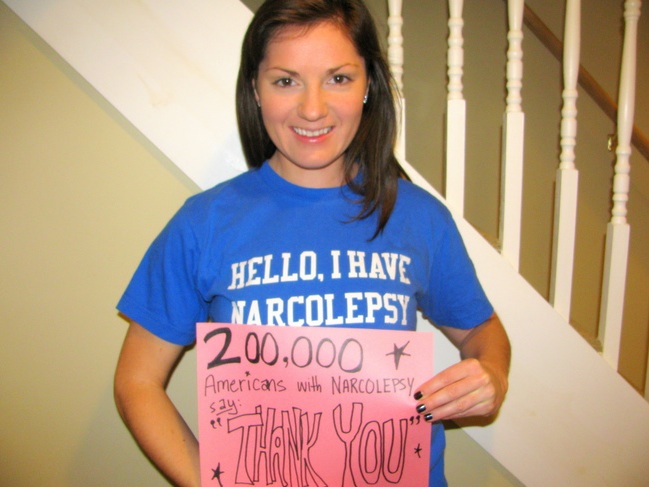

Several pathologic dissociative symptoms can be distinguished. The American Psychiatric Association defines dissociation as “a disruption of the usually integrated functions of consciousness, memory, identity or perception of the environment” (American Psychiatric Association, 2000). Over the past two decades, studies have increasingly shown a relationship between disordered sleep and dissociation (Koffel & Watson, 2009 Lynn et al., 2019 Selvi et al., 2015 Van Der Kloet et al., 2013 Van Der Kloet, Giesbrecht et al., 2012 Van Heugten-van Der Kloet et al., 2014). Second, psychiatric symptoms may arise as a result of the burden narcolepsy poses on an individual (Stores et al., 2006).

For example, most of the mood-related brain regions, such as the amygdala, striatum and prefrontal cortex, are widely innervated by hypocretin neurons and vice versa (Chen et al., 2015). First, the hypocretin system might play a direct role in the pathogenesis of psychiatric disorders. The causes of the high prevalence of psychiatric signs and symptoms are still under discussion. The prevalence of affective disorders in adults with narcolepsy may be as high as 35% (Fortuyn et al., 2010 Ohayon, 2013) and ADHD symptoms are often reported by both pediatric and adult patients (Kim et al., 2020 Plazzi et al., 2018). Narcolepsy affects the life of patients in a broad sense, with a deleterious impact on education, recreation, driving, sexual functioning and personality, which in turn harms psychosocial wellbeing (Raggi et al., 2019). Importantly, besides these “core” symptoms, patients often have other, not sleep-related complaints including obesity, fatigue, and psychiatric signs including anxiety and eating disorder symptoms (Canellas et al., 2014 Fortuyn et al., 2010, 2011, 2008 Lecendreux et al., 2015 Oosterloo et al., 2006). In addition, patients with narcolepsy experience disordered sleep in terms of fragmentation and abnormal expressions of rapid eye movement (REM) sleep, such as rapid transitions into REM sleep, hypnagogic and hypnopompic hallucinations and sleep paralysis (Dauvilliers et al., 2007 Sturzenegger & Bassetti, 2004). Narcolepsy is primarily characterized by excessive daytime sleepiness and cataplexy. It is caused by a deficiency of the hypocretin neuropeptides, most likely through an autoimmune process affecting the producing neurons in the dorsolateral hypothalamus (Kornum et al., 2017 Peyron et al., 2000 Thannickal et al., 2000).

Narcolepsy is a chronic neurologic sleep disorder with an estimated prevalence of 20–50 per 100.000 (Longstreth et al., 2007).


 0 kommentar(er)
0 kommentar(er)
